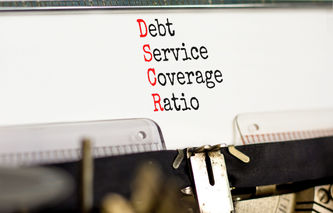Definition
The term current liability ratio refers to a measure that assesses the proportion of total liabilities that are due in the near term. The current liabilities ratio is considered a secondary measure of liquidity since it does not measure the company's ability to pay for the liabilities.
Calculation
Current Liability Ratio = Current Liabilities / Total Liabilities
Where:
Current liabilities can be pulled right from the company's balance sheet and examined over time.
Alternatively, a subset of current liabilities can be used when calculating this ratio such as those liabilities coming due in 30 or 60 days.
Explanation
Liquidity measures allow the investor-analyst to understand the company's long term viability in terms of fiscal health. This is usually assessed by examining balance sheet items such as accounts receivable, use of inventory, accounts payable, and short-term liabilities. One of the ways to understand the overall liquidity position of a company is by calculating their current liability ratio.
Since the current liability ratio measures the proportion of total liabilities that are coming due in the near term, it does not measure the company's ability to meet these short term obligations. For this reason, the current liability ratio is considered a secondary measure of liquidity and should be used to augment more traditional liquidity metrics such as the current ratio. This metric can be calculated in either of two ways. Investors with access to the company's balance sheet can pull both current and total liabilities from that exhibit. The metric can also be used by the company's analysts, substituting a subset of current liabilities such as those due in 30 or 60 days.
Example
The manager of a large mutual fund would like to assess the liquidity position of Company ABC. He believes the current liability ratio would be a good metric to augment several of the liquidity metrics he's already calculated. The manager asked his analytical team to pull the annual reports for Company ABC, and the table below contains the information over the last three years:
Year 1 | Year 2 | Year 3 | |
Current Liabilities | $7,575,000 | $7,954,000 | $8,352,000 |
Total Liabilities | $34,432,000 | $29,459,000 | $26,942,000 |
Current Liability Ratio | 0.22 | 0.27 | 0.31 |
The increase of the current liability ratio indicates Company ABC appears to be relying more on short term debt. This information confirmed the declining financial position of the company the fund manager observed in more traditional liquidity measures.



